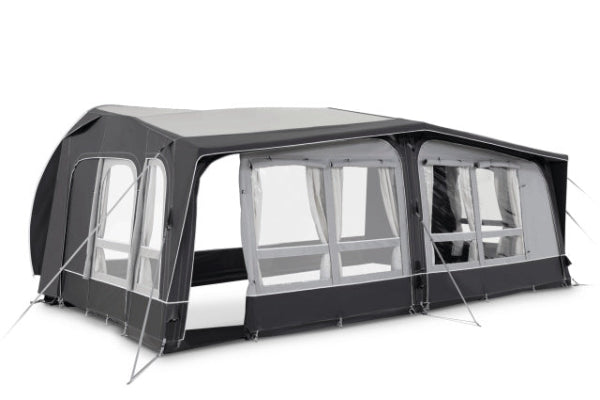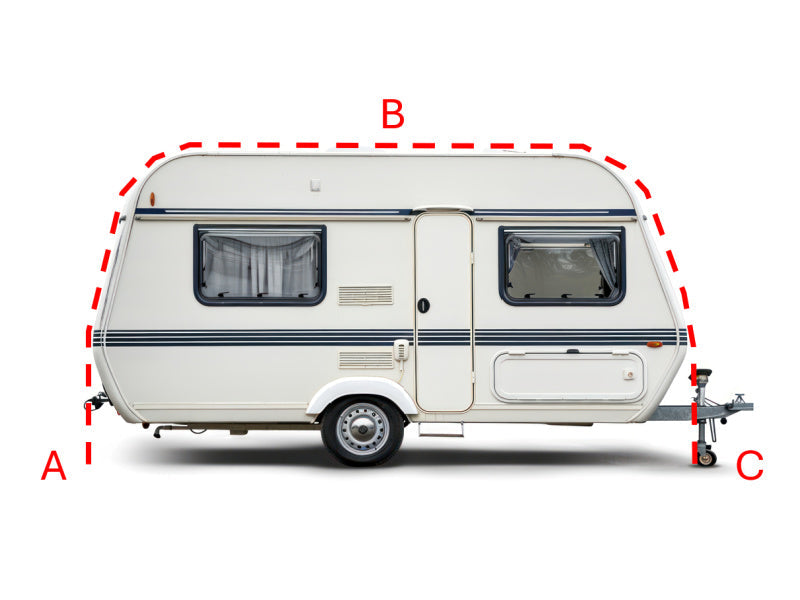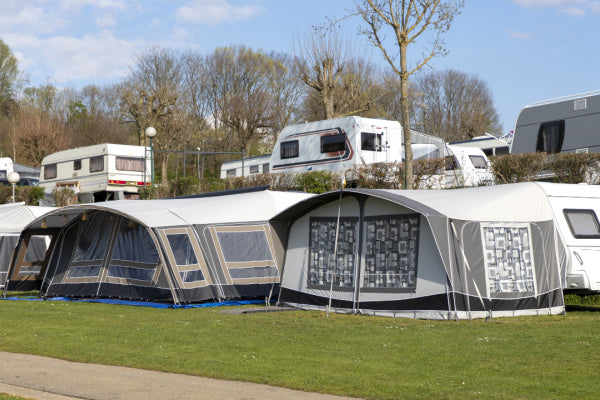Find the Perfect Portable Power Station: A Guide
Tired of your phone dying halfway through a camping trip or blackout? The short answer: choose a Portable Power Station based on how much power you need, battery type, and charging options. Keep reading to avoid rookie mistakes—and find the power station that won’t leave you in the dark.
Assessing Your Power Requirements & Use Cases
What Will You Power & How Much Capacity is Enough?

Identifying Your Essential Devices (Phones, Laptops, Medical Devices, etc.)
Think about what you need to power when you're off-grid or during a blackout.
For some, it’s as simple as a phone and a laptop. Others might rely on essentials like a CPAP machine or even a mini-fridge. Having a clear idea of your must-have devices helps you determine the right power level.
Calculating Total Wattage and Understanding Peak vs. Continuous Power
Each device draws a certain number of watts. You’ll need to add up their combined total to understand your minimum requirement.
Make sure to consider peak (startup) wattage and continuous running wattage. This is crucial for appliances with motors or compressors, like fridges or fans.
Demystifying Watt-Hours (Wh) – Your Guide to Battery Capacity
Watt-hours (Wh) tell you how much energy a portable power station can store.
For example, a 500Wh station might run a 50W device for around 10 hours. The higher the Wh, the longer it can power your gear—simple as that.
Estimating Your Energy Consumption for Different Scenarios (Camping, Home Backup, RV)
Different situations require different capacities.
-
Camping: Power lights, phones, or speakers.
-
Home Backup: Keep the Wi-Fi router, fridge, or laptop running.
-
Off-Grid/RV: Power multiple appliances across several days.
Knowing the use case helps you avoid over- or under-buying.

Key Usage Scenarios: Finding the Right Fit
For Outdoor Adventures & Camping (Portability, Solar Input, Durability)
If you’re heading outdoors, look for lightweight and compact designs.
A solar input is great for multi-day trips, and a tough exterior helps with durability. Quiet operation and simple controls are also ideal.
For Emergency Home Backup (Output Power, UPS/EPS Functionality, Capacity)
During outages, you'll want higher output and capacity.
Some units have UPS (Uninterruptible Power Supply) or EPS (Emergency Power Supply) features. These keep your gear running smoothly when power cuts hit.
For RV/Van Life or Off-Grid Living (Charging Options, Lifespan)
Living off-grid requires a power station that handles long use.
Multiple recharging methods (solar, car, wall) and long cycle life are essential. Look for LiFePO4 batteries if you want the longest lifespan.
For Professional Use & Specific Hobbies (Specialised Ports, Power Output)
If you’re filming, working remotely, or using specialised tools, output matters.
Check for things like USB-C PD ports, pure sine wave AC outlets, and reliable DC outputs. Some professionals also need app control or silent running features.
Understanding Battery Types & Lifespan
Lithium-ion (NMC) vs. Lithium Iron Phosphate (LiFePO4): Key Differences
Lithium-ion batteries are compact and energy-dense.
LiFePO4 batteries are heavier but offer longer life and more stability. Each type has its strengths, so it depends on your needs.
Charge Cycles Explained: What They Mean for Longevity
Batteries are rated by charge cycles.
LiFePO4 can handle over 3,000 cycles, whereas lithium-ion is usually rated for 500–1,000. If you’ll be using your station often, this matters a lot.
Shelf Life and Maintaining Battery Health
To keep batteries in good condition, store them at around 50% charge.
Avoid leaving them fully drained or charged for long periods. Regular use is also recommended to prevent degradation.
Decoding Features and Making Your Final Selection
Essential Output & Input Specifications
AC Outlets: Pure Sine Wave vs. Modified Sine Wave, and How Many?
Not all AC outlets are created equal.
Pure sine wave is safer and better for sensitive electronics. Modified sine wave might be fine for basic appliances but can cause noise or damage in laptops or medical gear.
USB Ports: USB-A, USB-C, and Power Delivery (PD) for Fast Charging
Most users benefit from a mix of USB-A and USB-C ports.
If you want fast charging, look for USB-C with Power Delivery (PD). That’s especially useful for tablets, phones, and laptops.
DC Outputs: Car Sockets and Other Options
DC outputs are handy for 12V gear like coolers or tyre inflators.
Make sure your devices match the voltage and amperage provided by the station.
Recharging Methods: Wall, Solar (MPPT Controllers), and Car Charging Speeds
More ways to recharge means more flexibility.
AC wall charging is fastest. Solar is great for off-grid, and car charging helps in transit. Look for stations with MPPT solar controllers—they're much more efficient.

Portability, Safety, and Extra Features
Balancing Weight and Dimensions with Power Needs
Bigger stations offer more capacity—but they’re harder to carry.
If you need something mobile, aim for under 10kg. Some models even come with wheels or backpack straps.
Importance of a Robust Battery Management System (BMS)
A good BMS protects against overcharging, short circuits, and overheating.
It ensures safe operation and extends your battery’s life. Always check if the product lists this feature.
Key Safety Certifications and Protections to Look For
For UK buyers, look for CE marking.
Other safety features to note include overcurrent protection, temperature control, and surge prevention. These add peace of mind.
Additional Features: LCD Screens, Built-in Lights, Expandability
Some stations go the extra mile with built-in lights or wireless charging pads.
LCD displays showing remaining charge and input/output stats are very helpful. Expandable battery modules are also available in high-end models.
Comparing Options and Making the Choice
Setting a Budget: What Can You Expect at Different Price Points?
Basic models under £300 work well for casual use.
Mid-range stations (£300–£600) are ideal for camping and light home use. Premium options over £600 come with more capacity and features.
Key Differences: Portable Power Stations vs. Traditional Fuel Generators
Unlike fuel generators, portable power stations are clean and silent.
No fumes, no petrol, no noise—just power when you need it. They're ideal for indoors or small outdoor spaces.
Researching Brands and Reading User Reviews
Top brands like Jackery, Anker, and Goal Zero have a good reputation.
Look at UK-based user reviews to gauge real-world performance. Consider warranty and support as well.
Tips for Long-Term Care and Maximising Your Investment
Use your station regularly to keep the battery healthy.
Avoid full discharges when possible. Store it in a cool place, partially charged, and follow the manufacturer's care tips for best results.
Other content you might like:
- Are Portable Power Stations Worth the Money?
- Portable Power Stations: Pros and Cons
- Are Portable Power Stations Safe?
- How to Compare Portable Power Stations?
- What Is the Most Reliable Portable Power Station?
- Is It Worth Buying a Portable Power Station?
- What Is the Best Battery for Off-Grid Solar Panels?
- Are Portable Power Stations Worth It for Camping?
- What Is the Best Power Station for a Campervan?
- What Size Portable Power Station Do I Need for Camping?





Leave a comment